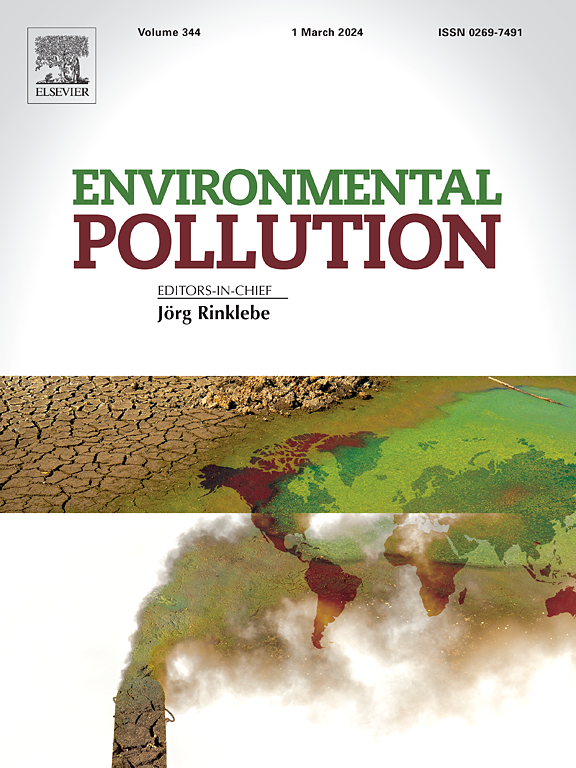Changing tropospheric NO2 dynamics across Indian air pollution hotspots
IF 7.6
2区 环境科学与生态学
Q1 ENVIRONMENTAL SCIENCES
引用次数: 0
Abstract
The National Clean Air Programme (NCAP) of India launched in 2019, aims to significantly reduce air pollution in its major hotspots, placing major attention on particulate matter. However, Nitrogen dioxide (NO2) a criteria pollutant, also needs attention due to its role in secondary aerosol formation and associated adverse health impacts. Considering this, the current study examines the continuously changing tropospheric vertical column density (VCD) NO2 trends (2005-2023) over 131 polluted cities (non-attainment cities). Based on geographic locations, these cities were categorized into different zones, and their co-located Ozone Monitoring Instrument (OMI) based tropospheric VCD NO2 trends (yearly, seasonal) were studied. Tropospheric VCD NO2 over all the zones shows a statistically significant increasing trend (linear regression) with an annual increase of 1 - 4 × 1013 molecules cm-2y-1. Seasonal-trend decomposition using LOESS (STL) trend component analyzed with linear regression and Mann–Kendall test also showed a similar statistically significant increasing trend in almost all zones across India. However, from 2017-2023, tropospheric NO2 across all zones of India except the Northeast (NEAST) showed a declining trend. The highest decline was over Indo-Gangetic Plain (IGP) of around 7 × 1013 molecules cm-2y-1 but found statistically significant only with the Mann-Kendall test. Moreover, there has been an average reduction of 1.9% per year in tropospheric VCD NO2 over non-attainments cities since 2017 which can be linked to the implementation of upgraded vehicular exhaust standards (Bharat Stage VI), electric vehicle popularisation, NCAP, and strict regulatory implementations. Interestingly, the average VCD NO2 in 2023 has reached similar levels to the COVID-19 lockdown year. While understanding the factors influencing the trend of tropospheric VCD NO2, the feature importance of random forest methods shows that factors vary in zones and trends are influenced by month, meteorological factors, and forest fires in different zones across India.

求助全文
约1分钟内获得全文
求助全文
来源期刊

Environmental Pollution
环境科学-环境科学
CiteScore
16.00
自引率
6.70%
发文量
2082
审稿时长
2.9 months
期刊介绍:
Environmental Pollution is an international peer-reviewed journal that publishes high-quality research papers and review articles covering all aspects of environmental pollution and its impacts on ecosystems and human health.
Subject areas include, but are not limited to:
• Sources and occurrences of pollutants that are clearly defined and measured in environmental compartments, food and food-related items, and human bodies;
• Interlinks between contaminant exposure and biological, ecological, and human health effects, including those of climate change;
• Contaminants of emerging concerns (including but not limited to antibiotic resistant microorganisms or genes, microplastics/nanoplastics, electronic wastes, light, and noise) and/or their biological, ecological, or human health effects;
• Laboratory and field studies on the remediation/mitigation of environmental pollution via new techniques and with clear links to biological, ecological, or human health effects;
• Modeling of pollution processes, patterns, or trends that is of clear environmental and/or human health interest;
• New techniques that measure and examine environmental occurrences, transport, behavior, and effects of pollutants within the environment or the laboratory, provided that they can be clearly used to address problems within regional or global environmental compartments.
 求助内容:
求助内容: 应助结果提醒方式:
应助结果提醒方式:


